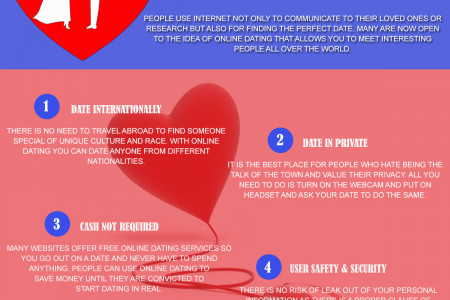
Women and Health
HUMANITY Women and Health THE BEIING PLATFORM FOR ACTION TÜRNS 20 EMPOWERING AT A GLANCE: A LIFECYLE OF HEALTH RISKS Women and girls can face a number of health risks, some even before they are born. Here's a glimpse at just some of the many and often intersecting factors impacting women. FOETICIDE NUTRITION An estimated 805 million people Before and after birth, a baby girl may fall victim to foeticide or infanticide simply because of social and cultural preferences for boys. are chronically undernourished. Globally, nutritional deficiencies cause anaemia in 41.8% of pregnant women. Malnutrition is linked to 45% of all child deaths. FGM CHILD MARRIAGE 133 million girls and women have experienced female genital mutilation in the 29 countries in Globally, more than 700 million women alive today were married by age 18. Girls' underdeveloped bodies increase the risk of maternal Africa and the Middle East where the practice is prevalent. Besides trauma, FGM can cause infection, infertility and even death. mortality and incidence of disease (i.e. morbidity), often with severe complications. are linked to malnutrition. HIV/AIDS VIOLENCE 1 in 3 women have experienced physical or sexual violence - mostly by an intimate partner. Besides physical and emotional trauma, abused women suffer higher rates of depression, alcohol abuse, sexually transmitted infections and HIV/AIDS is the leading cause of death worldwide for women of reproductive age (15-44). Young women (15-24) are 50% more likely to contract HIV than their male peers. more. MATERNAL MORTALITY OBSTETRIC FISTULA In 2013, nearly 800 women died daily from maternal causes – 99% occurred in developing countries. For every maternal death, there are 20 maternal morbidities. This includes obstetric fistula - a hole There are almost 90 nurses and between the birth canal and rectum midwives per 10,000 people in high-income countries versus fewer than 2 per 10,000 in low-income countries. or bladder caused by prolonged labour – which affects an estimated 2 million women and girls. FAMILY PLANNING LIFE-SAVING MEDICINE Poverty and geographic location remain key determinants of unmet needs for family planning. Today, an Only 67% of pregnant women living with HIV received antiretroviral medicines in 2013. Access to such medication is integral to improving their health and preventing HIV transmission to their babies. estimated 225 million women have an unmet need for effective contraceptive methods. CANCER SANITATION Late diagnosis of cancer, especially due to limited healthcare access, 1 billion people practice open defecation. Some 2.5 billion people still use unimproved sanitation facilities. The lack of private, clean toilets make women and girls particularly prone to violence and infection, especially during menstruation. has devastating effects. Breast cancer is the leading cancer-killer among women worldwide. More than 85% of cervical cancer deaths occur in low- and middle-income countries. HEART HEALTH YEARS OF LIFE LOST Often considered a "male" problem, cardiovascular disease is the leading cause of death for around 1 in 3 In sub-Saharan Africa, 74% of all years of life lost among women are due to infectious diseases and maternal, neonatal and nutritional causes. In high-income countries, this only accounts for 8% of all years of life lost among women. older women worldwide. Gender bias, including by healthcare providers, can lead to delays in diagnosis and treatment-seeking. HUMANITY #Beijing20 unwomen.org beijing20.unwomen.org 8* @UN_Women facebook.com/unwomen gplus.to/unwomen THE BEIJING PLATFORM FOR ACTION TURNS 20 Sources EMPOWERING OUN WOMEN EE The State of Food Insecurity in the World 2014, FAO (nutrition); Report of the UN Secretary-General E/CN.6/2015/3 on CSW59, 2015 (nutrition, HIV/AIDS); Female Genital Mutilation/Cutting: What might the future hold?, 2014, UNICEF (FGM); Ending Child Marriage: Progress and prospects, 2014, UNICEF (child marriage); Report on the Global AIDS Epidemic, 2013, UNAIDS (HIV/AIDS); Global and regional estimates of violence against women, Executive summary, 2013, WHO (violence against women); World Health Statistics, Summary, 2014, WHO (maternal mortality); Adding It Up, 2014, UNFPA (family planning); Women and health: 20 years of the Beijing Declaration and Platform for Action, Executive Board Report EB136/18, 2014, WHO (breast cancer); Millennium Development Goals Report, UN, 2014 (open defecation); Progress on drinking water and sanitation, Joint Monitoring Programme update 2014, WHO, UNICEF (sanitation); World Health Organization data as of March 2015 (child nutrition, HIV/AIDS, cervical cancer, cardiovascular disease, years of life lost). PICTURE IT EMPOWERING Y PICTURE IT! EMPOWERING WOMEN , b0
Women and Health
Source
Unknown. Add a sourceCategory
HealthGet a Quote











